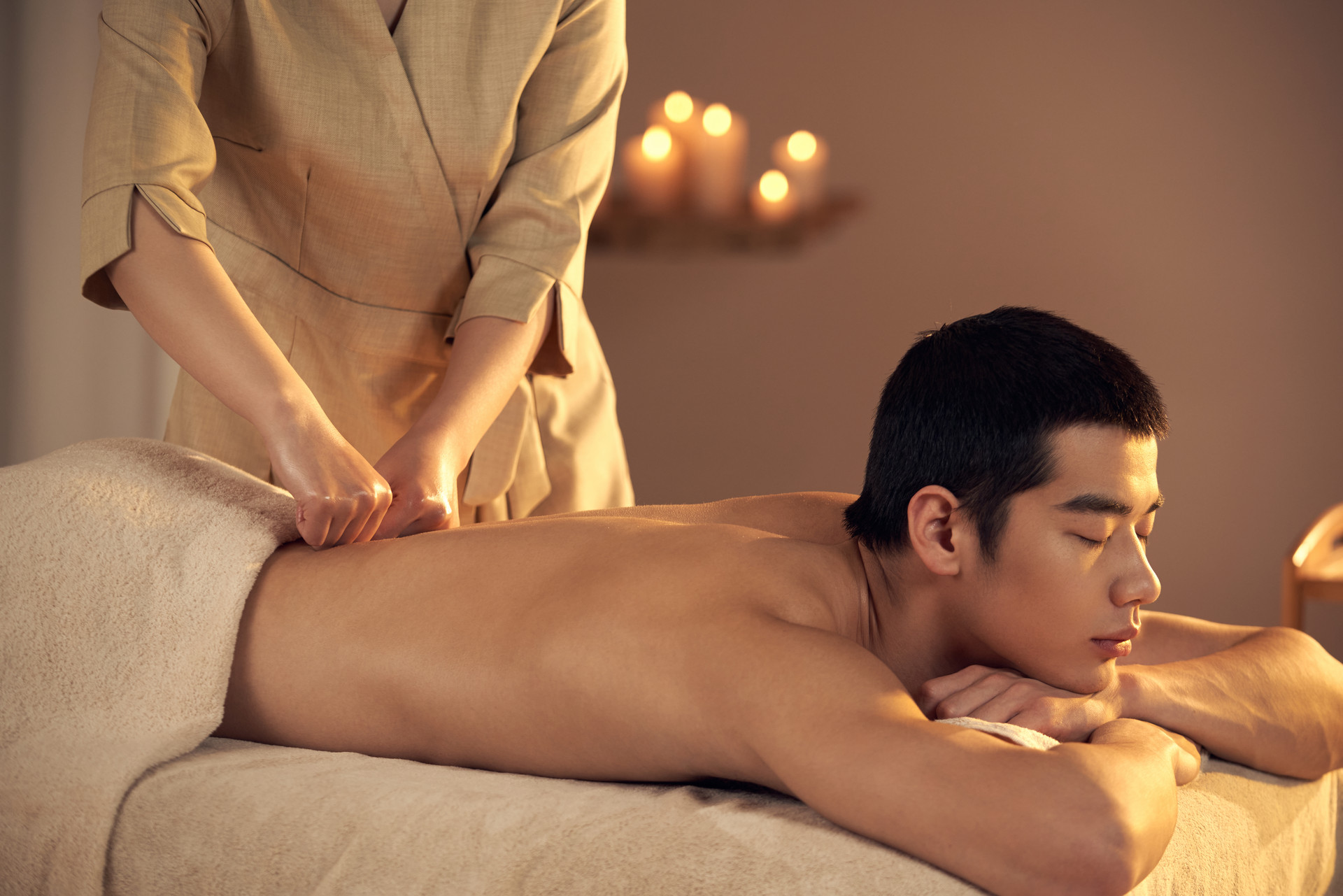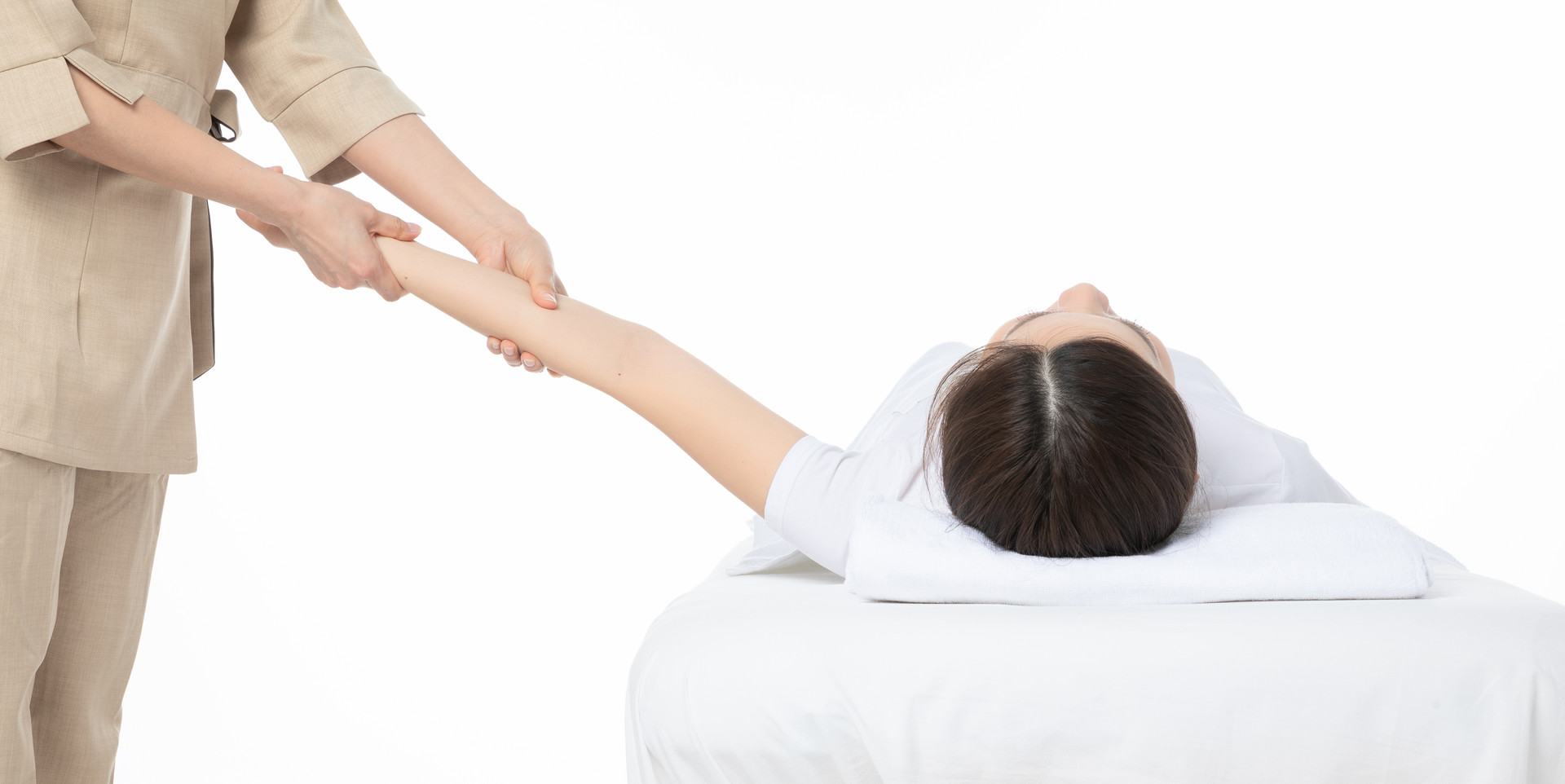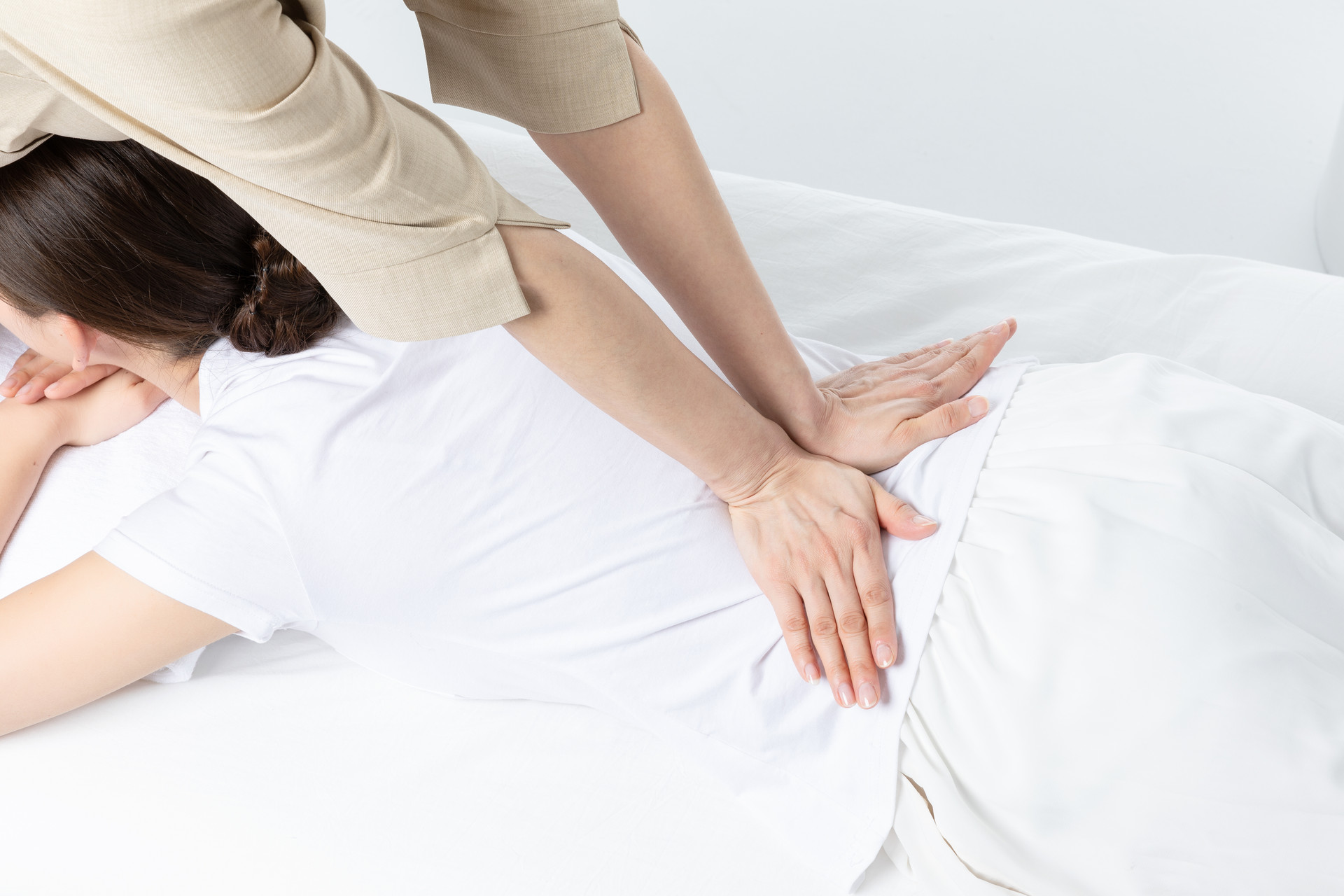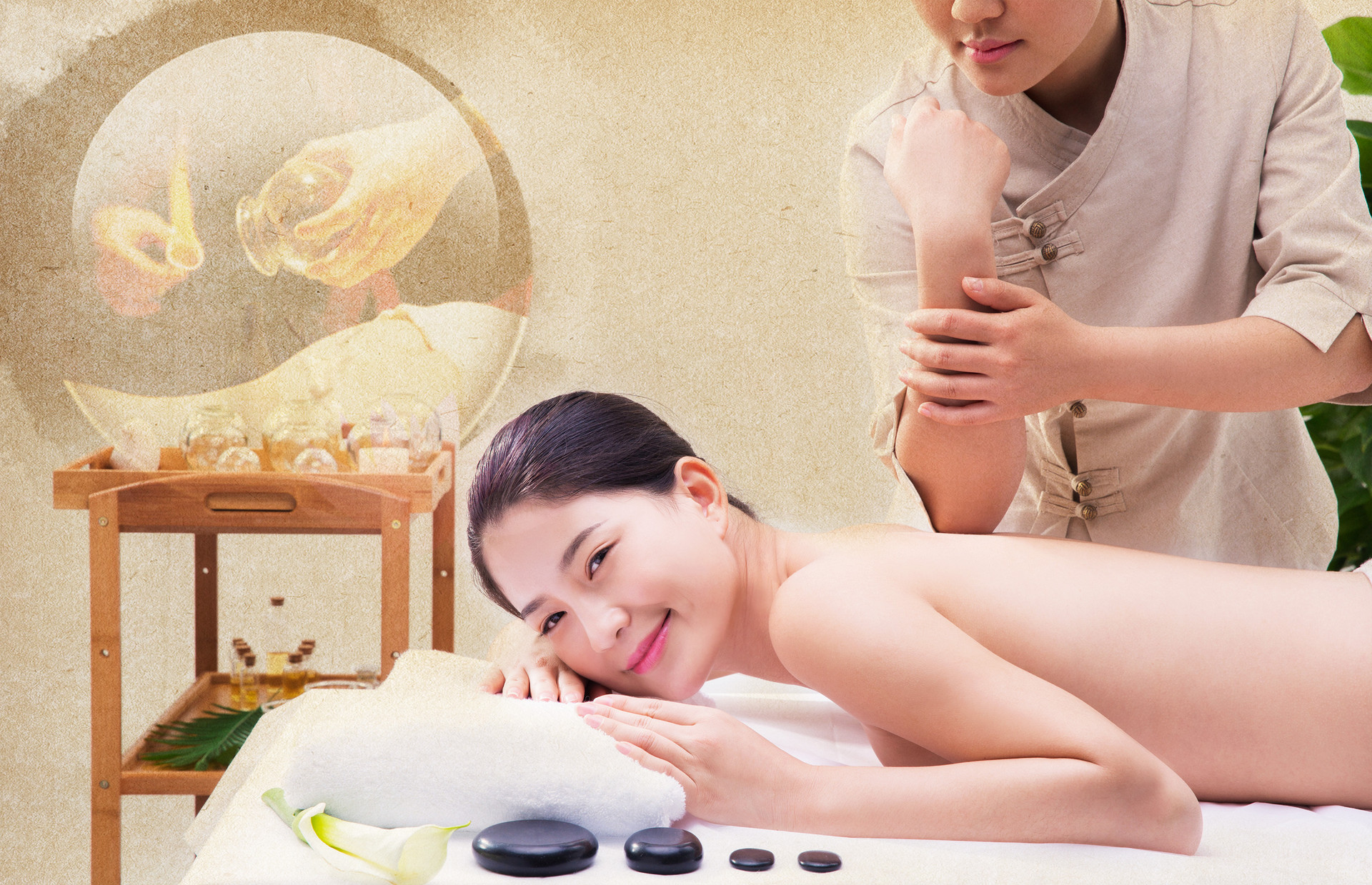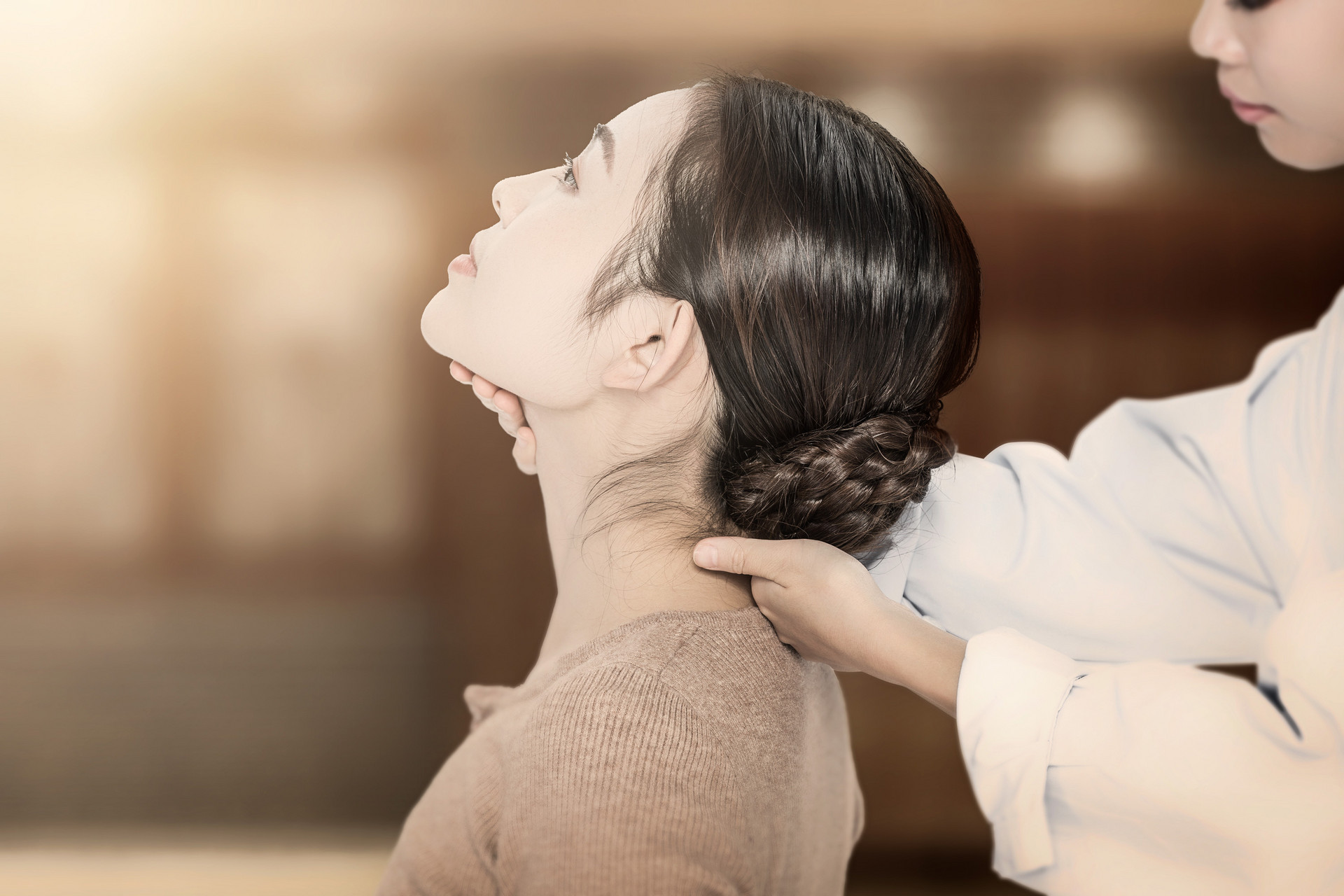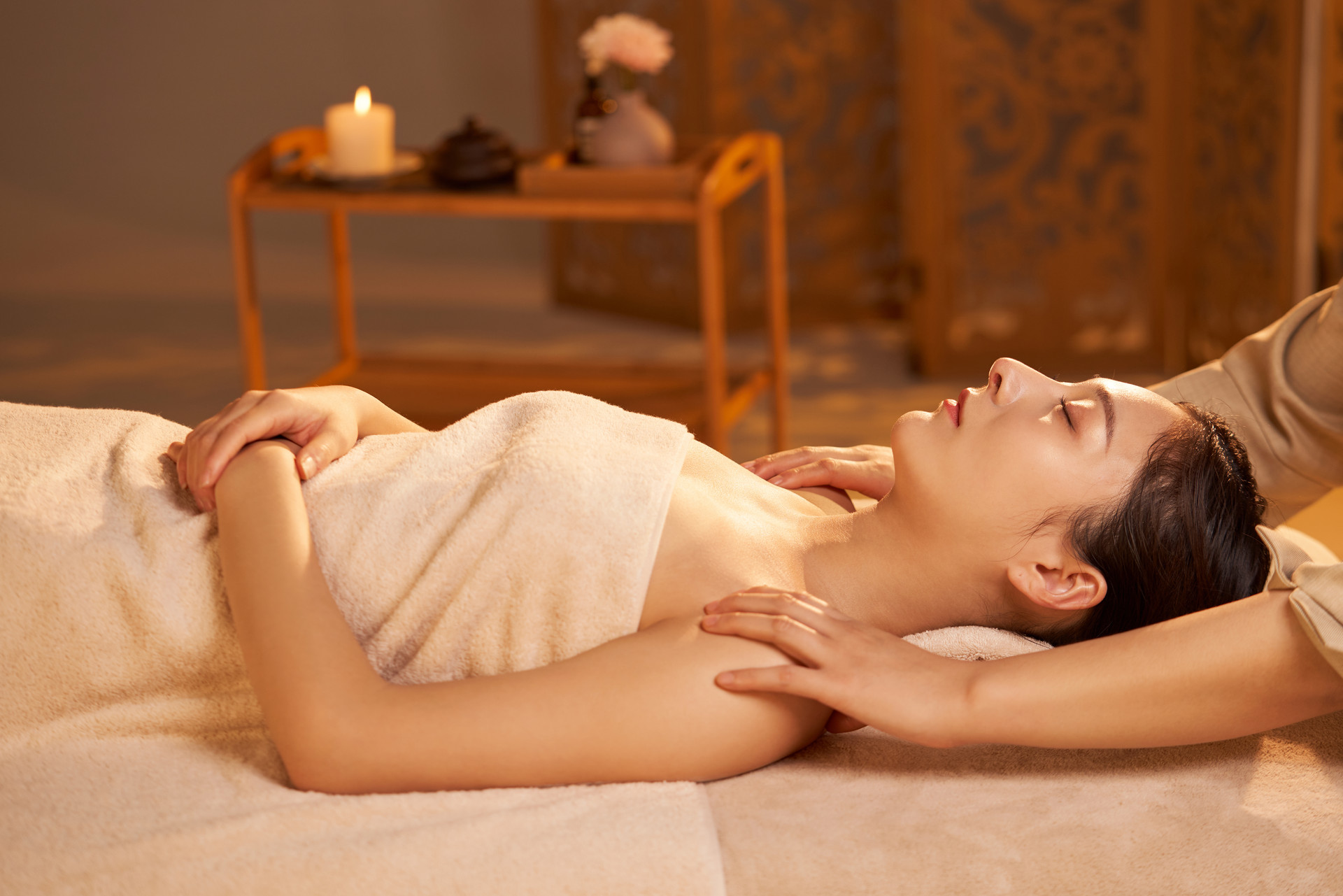4. Pinching Technique
Operational Requirements
(1) Relax the shoulders, bend the elbows, keep the wrist straight, spread the thumb and fingers apart, and bend the joint of the thumb to about 90° or keep it straight.
(2) Keep the forearm stable and apply pressure with the thumbnail to pinch and press the treatment area.
Key Actions
(1) Apply continuous and steady force, starting from shallow to deep, and gradually increase the pressure, but avoid using excessive force. Do not rub the skin during the treatment to prevent skin damage.
(2) If used for emergency treatment, apply sudden and quick force to pinch and release until the patient regains consciousness.
Clinical Application
The pinching technique is a strong stimulation method and is suitable for acupoints on the head, face, and limbs, such as Renzhong, Suli, Neiguan, and Laolong. This technique has the effects of opening the mind, reviving yang, calming the mind, and promoting qi and blood circulation. It is mainly used to treat critical conditions such as coma, convulsions, shock, heatstroke, convulsive disorders, hysteria, and epilepsy.
5. Kneading Technique
Operational Requirements
(1) Thumb and index finger kneading: The practitioner uses a relaxed palm, bends the index fingers of both hands, and presses the back of the middle joint of the index finger against the skin. Pinch the skin with the thumb in front and the index finger behind, and knead, lift, and twist the skin in a sequential and alternating manner.
(2) Thumb, index finger, and middle finger kneading: The practitioner presses the radial side of the thumbs of both hands against the skin, and pinches and lifts the skin with the thumbs, index fingers, and middle fingers. Move and knead in a forward direction.
Key Actions
(1) Apply even and gentle pressure, maintain continuous and smooth movements, and avoid stopping midway or moving diagonally to prevent injuring other meridians.
(2) When operating on the head and neck, generally do not twist or move, but only pinch and lift certain acupoints.
Clinical Application
Kneading technique is a gentler method and is suitable for the head, neck, back, waist, and limbs. It is commonly used on both sides of the spine in children, known as spine kneading. This technique has the effects of harmonizing yin and yang, nourishing the original qi, strengthening the spleen and stomach, dredging the meridians, and promoting qi and blood circulation. It is also frequently used for pediatric health massage.
6. Grasping Technique
Grasping technique can be divided into two-finger, three-finger, and five-finger grasping.
Operational Requirements
(1) Relax the shoulders, lower the elbows, slightly bend the elbow joint, and naturally flex the wrist.
(2) Apply force with the thumb and index and middle fingers or the remaining four fingers, with stable force exerted by the forearm. Coordinate the movements of the wrist and finger joints, and symmetrically exert force with the thumb and other fingers to grasp and lift.
Key Actions
(1) Do not flex the joints between the fingers, but use the fingertips to exert force to avoid a pincer-like action.
(2) Perform the actions steadily and smoothly, with a rhythmic and moderate force that gradually increases in intensity.
Clinical Application
The grasping technique provides a stronger stimulation and is suitable for the neck, shoulders, back, hips, and areas with thick muscles on the limbs. It has the effects of promoting meridian and collateral circulation, invigorating qi and blood, dispelling wind and cold, relieving spasms and pain, and opening the mind and awakening the spirit. For example, grasping the acupoint Jianjing can promote the circulation of qi and blood, and firm grasping can induce slight sweating in the patient, helping to release the exterior.




